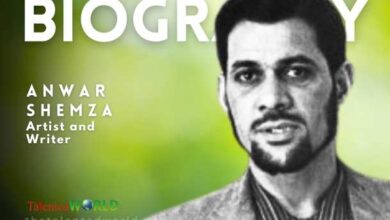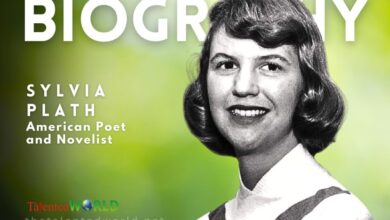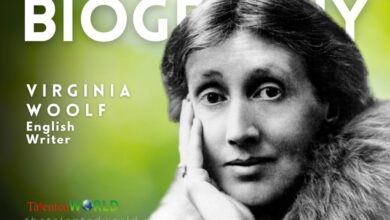| Full Name | Victor-Marie Hugo |
| Date of Birth | February 26, 1802 |
| Place of Birth | Besançon, Franche-Comté, France |
| Date of Death | May 22, 1885 |
| Place of Death | Paris, France |
| Resting Place | Panthéon, Paris |
| Occupations | Poet, novelist, dramatist, essayist, politician |
| Spouse | Adèle Foucher (married in 1822; she died in 1868) |
| Children | 5 |
| Parents | Joseph Léopold Hugo and Sophie Trébuchet |
| Literary Movement | Romanticism |
| Notable Works | Les Misérables, The Hunchback of Notre-Dame, Les Contemplations |
| Years Active | 1829–1883 |
| Political Affiliation | Initially royalist, later a passionate supporter of republicanism |
| Notable Contributions | Advocated for social causes like abolition of capital punishment and slavery |
| Famous Works Inspired | Operas like Rigoletto, musicals like Les Misérables and Notre-Dame de Paris |
| State Funeral | Given a state funeral in the Panthéon of Paris, attended by over 2 million people |
| Early Life | Born into a military family, moved frequently due to their father’s service in Napoleon’s army |





